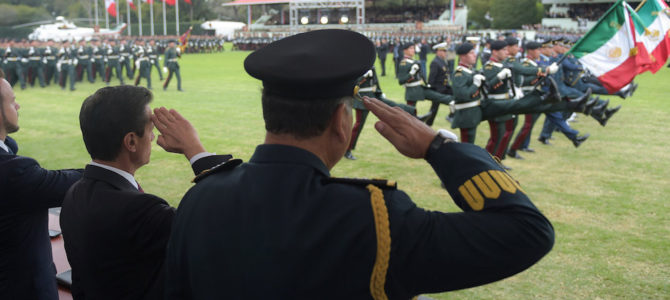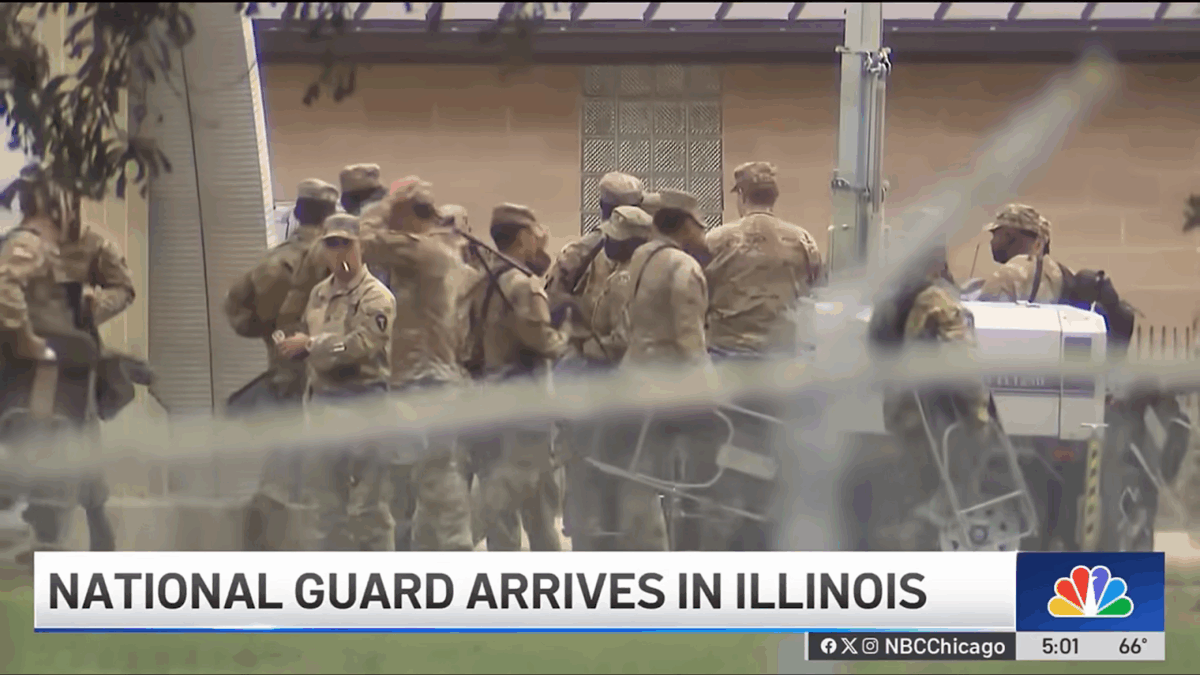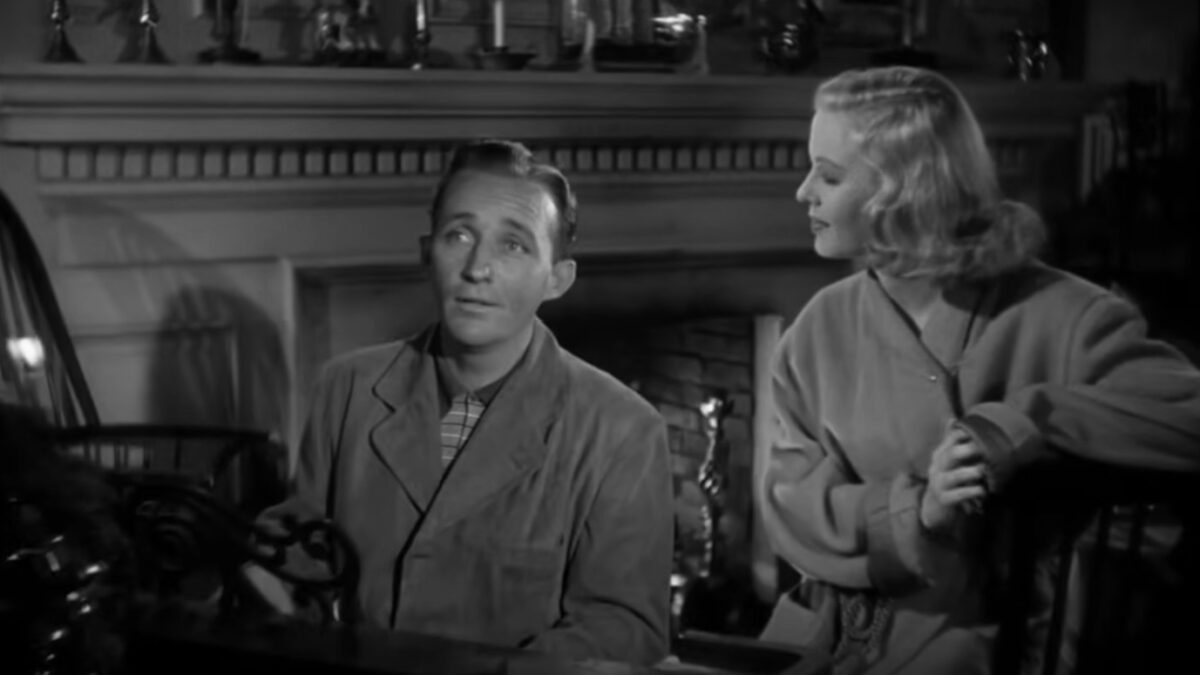
MEXICO CITY, Mexico — Last week, millions of pilgrims arrived in Mexico City for the Feast of Our Lady of Guadalupe on December 12. They came from all over Mexico and Central America—by bus, caravan, bicycle, motorcycle, even on foot. Driving through Mexico City in the days leading up to the feast, you could spot peregrinos hiking through the city, large icons of the Virgin Mary affixed to their backpacks and festooned with tinsel garlands.
I went to the basilica on the feast day along with the pilgrims. There were ciclistas from Techachalco, some seventy miles east of the city, pedaling behind a truck bearing a statue of Our Lady and a kneeling Juan Diego, the Indian to whom the Virgin Mary is said to have appeared in 1531. There were white-clad musicians from Matamoros, playing on horns and strings in the Marian Square in front of the basilica. Next to them were southern Mexicans adorned in indigenous costumes—elaborate feather headdresses and animal skulls and body paint—dancing furiously to their drums. There were parish groups from Ecuador, Guatemala, and elsewhere.
Amid the throng I noticed a large man clad in black, a five-foot-tall statue of Our Lady lashed to his back, tattoos on his neck and face. He was with a group of similar-looking men, some wearing black ballcaps that read SUR13. They were Sureños, part of a violent gang originally from California but now expanded to Mexico and affiliated with various drug cartels, and they too were on pilgrimage. Lingering a few blocks away was a platoon-sized cohort of National Guard soldiers and federal police, idle and bored-looking and utterly indifferent to the presence of the Sureños.
Here then, among the peregrinos and in the shadow of the basilica, was a microcosm of all that now besets Mexico: cartel henchmen and gangsters are free to make this pilgrimage under their own banner, broadcasting their allegiance and their business in the face of an impotent and apathetic state.
A Parade of Violence Across Mexico
I spent last week in Mexico City, meeting with U.S. and Mexican government officials, academics, journalists, and law enforcement personnel in an effort to understand the mounting troubles south of the Rio Grande. The major takeaway from these meetings and conversations is that Mexico is in worse shape than I thought, indeed than most Americans realize, and things there are going to get much worse unless we start taking seriously what can only be understood as a continental crisis—one that’s brewing now in Mexico, but will not stay there.
To the extent most Americans think about “the crisis in Mexico,” they generally think of the sharp increase this year of Central American families seeking asylum at the southwest border. Indeed, the border crisis has kept Mexico in the headlines over the past year as the Trump administration has adopted unorthodox and controversial tactics, from narrowing the grounds for asylum relief to making migrants wait in Mexico for the outcome of their asylum cases in U.S. immigration courts.
But the crisis goes beyond the border, to the heart of the Mexican state itself, and in recent months headlines from Mexico proper, not the border, have told the tale.
In mid-October, 13 police officers were killed and nine wounded in an ambush in the state of Michoacán. Cartel gunmen were reportedly waiting for them in armored vehicles as they tried to serve a warrant. Days later, government forces were spectacularly defeated by hundreds of Sinaloa cartel gunmen in the city of Culiacan when a cadre of National Guardsmen attempted to arrest the son of convicted drug kingpin Joaquin “El Chapo” Guzman. The battle of Culiacan and the killings in Michoacán exposed the emptiness of President Andrés Manuel López Obrador’s anti-crime slogans—“hugs, not bullets,” and “you can’t fight fire with fire”—as well as his government’s complete lack of a security strategy.
A few weeks after Culiacan, three women and six children, all of them dual U.S.-Mexican citizens, were gunned down in broad daylight by cartel assassins on a rural roadway about 70 miles from the border. Some of the children managed to escape and tell the harrowing tale, including the moment when one of the women approached the gunmen, hands outstretched, begging for the lives of her children. She was shot point blank in the chest.
These incidents have taken place amid soaring levels of violence nationwide. Homicides in Mexico this year are on track to surpass last year’s record high since the country began keeping records. The Mexican Secretariat of Public Security reported that on December 1, which marked López Obrador’s first anniversary in office, 127 people were killed, a peacetime record for Mexico. Hardly a week passes anymore without reports of a deadly shootout between cartel gunmen and government forces.
As if all this were not enough to expose the fragility of the Mexican state, last week came the arrest of Garcia Luna, Mexico’s former public security secretary, who led the government’s militarized war on drug cartels from 2006 to 2012 under President Felipe Calderón. Luna, who also led the Federal Investigative Agency (Mexico’s equivalent of the F.B.I.) from 2001 to 2005 under President Vincente Fox, allegedly took millions in bribes from the Sinaloa Cartel when El Chapo was leading the group.
Luna’s arrest shook the country. He had been the poster child for the government’s drug war, the embodiment of law and order. As The New York Times put it, “It was as if Eliot Ness had actually been an accomplice of Al Capone.”
Mexican Elites Are Rotting the Country From the Inside
Luna was the subject of many of the conversations I had last week. I was told by one former official that when Luna was leading the government’s war on the cartels, his purported strategy was to go after all the smaller cartels first—the Gulf Cartel, the Juarez Cartel—and save Sinaloa for last. Now we know why. Luna was in Sinaloa’s pocket the entire time.
It’s hard to fathom the depth of corruption in Mexico, but Luna’s downfall cast the reality of the situation in stark relief. The fact is, there’s almost no one in Mexican officialdom who is not corrupt in some way, with some group. American law enforcement officials working in Mexico know this about their counterparts, which makes their jobs exceedingly difficult as they try to ferret out which groups have compromised which officials.
We’re not just talking mid-level law enforcement officials. Corruption affects the highest reaches of the Mexican elite. Indeed, a common refrain among the people I spoke with is that the crisis in Mexico doesn’t originate from the narcos but from corruption among the elites, who have captured the courts and security institutions for the sole purpose of enriching themselves. This was perhaps the one point on which everyone—U.S. government officials, academics, journalists—seemed to agree: if you want to strengthen the Mexican state, go after the corrupt elites.
The other point on which there was general agreement is that President López Obrador is out of touch and out of his depth, mostly unaware of the severity of his country’s worsening problems and unprepared to confront them honestly. His great strength, however, is that he is personally popular and seen as uncorrupt.
His policy agenda so far has reinforced this impression, even if it’s been somewhat counterintuitive for a politician of the left. He has cut government regulations and spending, eliminated thousands of federal jobs, and passed generous tax cuts for key regions—moves that would seem to fit the mold of a conservative, not an avowed progressive. The difference here is that all of these policies have been aimed at the Mexican elite, not the common working people, and have therefore been broadly popular.
Therein perhaps lies some hope for Mexico and the United States. López Obrador will resist any cooperation with Washington that even appears to undermine Mexican sovereignty, even for the sake of going after violent cartels. He has, for example, opposed U.S. efforts to designate the cartels as foreign terrorist organizations even as he’s declined President Trump’s very public offers of military assistance in fighting the cartels. But his anti-elite posture might be an opening for cooperation with the U.S. A campaign that put pressure on the country’s elite—who, for a country with so much poverty are themselves extravagantly wealthy—might just get quiet support from López Obrador’s administration.
The headlines coming out of Mexico don’t lie, but they don’t capture the whole truth. Yes, cartels and narco-gangs increasingly exercise control over vast swaths of Mexican territory. Yes, there is a crisis underway driven by the endemic weakness of the Mexican state. And yes, the erosion of the Mexican state has dire implications for the United States.
But if Washington wants to do something about all this, the first place to look isn’t to the cartels but to the elites who have systematically despoiled and destroyed the country’s institutions for their own personal gain. As one foreign service officer told me, the posh neighborhoods of Mexico City—Condesa, Roma, Polanco—are gilded lilies floating on a sea of blood.









